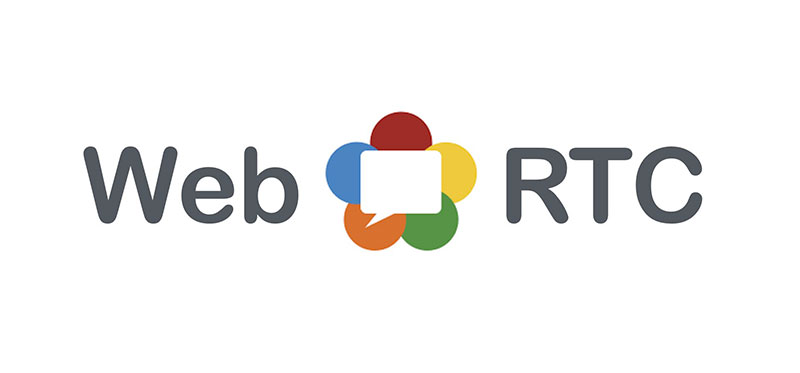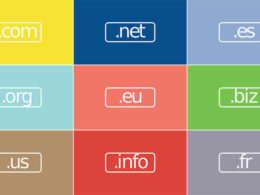What Is WebRTC and What Can It Do?

Real-time communication between web browsers and mobile apps is made possible by the open-source WebRTC technology. With no extra plugins or software required, users may exchange files, send messages, and conduct audio and video chats. In this post, we’ll examine WebRTC’s definition, functionality, and applications.
What Exactly is WebRTC?
Google introduced the open-source WebRTC (Web Real-Time Communications) project in 2011. Real-time communication between web browsers and mobile apps is made possible by a group of communication protocols and APIs (Application Programming Interfaces). A foundation for real-time communication is provided by WebRTC, enabling programmers to create apps that let users communicate with one another. Because of this, there are now a huge number of WebRTC development company that helps businesses grow.
How Does WebRTC Function?
Real-time communication between web browsers and mobile apps is made possible via WebRTC, which combines many technologies. Among these technologies are:
Protocol for Real-Time Transport (RTP)
Audio and video data are sent over the internet via the RTP protocol. It is used to make sure that timely and dependable real-time communication is supplied.
Protocol for Session Description (SDP)
Multimedia sessions for real-time communication are described by the SDP protocol. The parameters of the communication session are negotiated by the two persons using it.
Establishing Interactive Connections (ICE)
A connection between two parties is established via the ICE protocol. It helps create connections using the most suitable protocol and find the optimum route for data delivery.
Signaling
A communication session between two parties is established via the signaling procedure. The parameters of the communication session are discussed, and the conditions of the communication are negotiated.
What is the Role of WebRTC?
Visual Conference
Several parties may participate in video conferences using WebRTC. Regardless matter where they are, it enables users to communicate in real-time.
Phone Calls
Voice calling between two parties is possible using WebRTC. Direct voice calls may be placed by users using a web browser or mobile app.
Shared Screen
Screen sharing between two people is possible using WebRTC. Users may share their screens with others, which facilitates information sharing and project collaboration.
File Exchange
File exchange between two parties is possible using WebRTC. Users can transfer files straight from a web browser or mobile app.
Messaging
Messaging between two parties is possible using WebRTC. It enables users to instantly send text messages and other communication kinds.
Benefits of WebRTC
The following are some of the most important benefits of WebRTC:
Compatibility
Several different web browsers and mobile apps support WebRTC. It is compatible with a variety of devices, including PCs, laptops, smartphones, and tablets, making it available to many people.
Effortless Usage
With no extra plugins or software needed, WebRTC is simple to use. Without extra gear or software, users may connect simply through their web browser or mobile application.
Security
Encryption is used by WebRTC to guarantee the security of communication sessions. To make it harder for unauthorized users to access communication sessions, it also enables authentication and authorization.
Cost
Since WebRTC is an open-source technology, using it is cost-free. It may be used to create apps without the requirement for costly hardware or licensing costs.
Future Plans for WebRTC
In terms of video and data services, WebRTC is essentially here to stay. Thanks to support from the major browser players and a commitment to maintaining the mobile and desktop APIs, an increasing number of apps are moving to keep users on the platform with features that support video chats for services like dating, gaming, and healthcare.
Conclusion
Real-time communication between web browsers and mobile apps is made possible by the open-source WebRTC technology. By giving developers a foundation for real-time communication, it enables them to create apps that let users communicate with one another. RTP, SDP, ICE, and Signaling are just a few of the technologies that WebRTC combines to provide dependable and prompt transmission of audio and video data over the Internet.
A broad variety of real-time communication applications, such as video conferencing, phone calls, screen sharing, file sharing, and messaging, may be made possible using WebRTC. It is a well-liked option among developers and companies alike because of its interoperability, usability, security, and affordability.
- Design Digitally: Graphic Design Apps Like Adobe Illustrator - May 4, 2024
- Unlocking Efficiency: Top CSS Generators To Try - May 4, 2024
- What Is Rust Used For? A Guide to Its Applications - May 4, 2024








